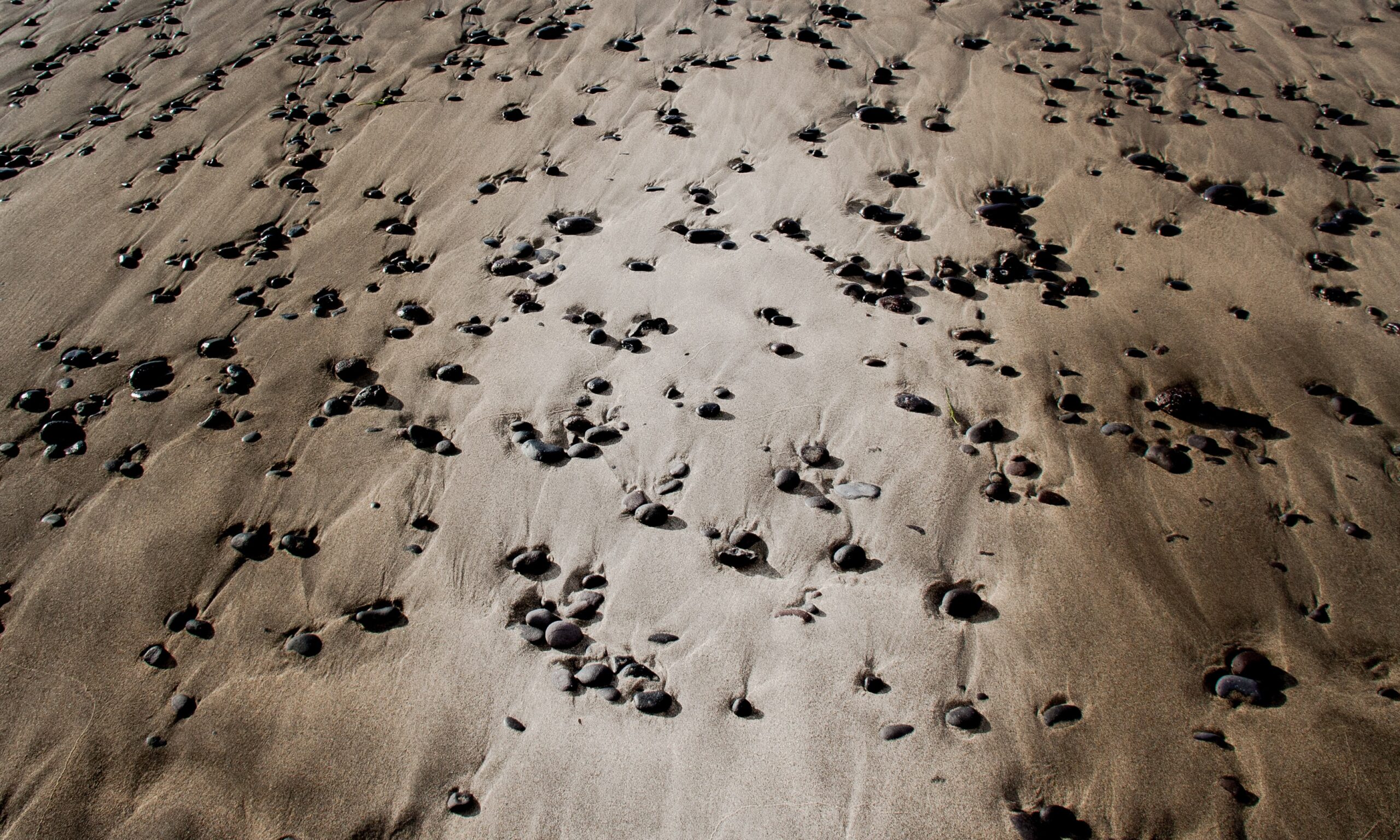Are you a well owner struggling to cope with the impacts of drought? Look no further! This article explores whether there are resources available to support well owners during these challenging times. Whether you’re facing water scarcity or increased demand due to dry conditions, this article aims to provide informative and helpful insights to assist you in navigating the complexities of drought and managing your well effectively. So, buckle up and get ready to discover the valuable resources that can make a difference in sustaining your well during drought conditions.
Understanding Drought Conditions
Definition of Drought
Drought is a prolonged period of abnormally low rainfall or dry weather that leads to a shortage of water supply, both on the surface and underground. It occurs when the demand for water exceeds the available supply, resulting in dry soil, decreased crop yield, and a significant impact on various sectors such as agriculture, industry, and domestic water usage. Droughts can range in severity, from mild to severe, and can last for months or even years.
Causes of Drought
Droughts can be caused by a combination of factors, including natural climate variability, such as El Niño, which disrupts normal rainfall patterns. Additionally, climate change has been identified as a contributing factor to increased frequency and severity of droughts, as rising temperatures lead to increased evaporation rates and changes in precipitation patterns. Other human-induced factors, such as over-extraction of groundwater, deforestation, and land use changes, can also contribute to drought conditions.
Effects of Drought on Well Owners
Well owners are particularly vulnerable during drought conditions as they rely on groundwater as their primary water source. When droughts occur, the level of groundwater decreases, and the yield of wells can be significantly reduced or even depleted. This can lead to water shortages for domestic use, livestock, and agricultural irrigation. Well owners may also experience increased costs as they drill deeper or seek alternative water sources during drought periods. Understanding the effects of drought on well owners is crucial for taking appropriate measures to mitigate the impact and ensure sustainable water usage.
Assessing Well Water Availability
Determining Water Levels
To assess the availability of well water during drought conditions, it is essential to regularly measure and monitor the water levels in your well. This can be done using a water level indicator or by hiring a professional to conduct periodic inspections. By observing the trend of water level fluctuations over time, well owners can identify if their well is being affected by drought conditions and plan accordingly.
Checking for Well Yield
Another important aspect to consider is the well yield, which refers to the amount of water the well can sustainably produce. Assessing well yield involves measuring the rate at which water is pumped from the well and comparing it to historical records. If the yield decreases significantly during drought conditions, it may indicate that the aquifer is being depleted and alternative water sources or water conservation measures need to be considered.
Considering Aquifer Depletion
Aquifer depletion is a critical concern during drought conditions, as excessive pumping of groundwater can lead to long-term damage and further exacerbate drought effects. Well owners should be mindful of their water usage and consider implementing measures to reduce consumption. Moreover, understanding the local hydrogeology and water availability in the aquifer is crucial for sustainable water management. Professional hydrogeologists can provide valuable insights and recommendations for managing aquifer depletion.

Conserving Water in Drought Conditions
Implementing Water Conservation Practices
Water conservation practices play a vital role in mitigating the impacts of drought conditions. By adopting simple yet effective strategies, well owners can significantly reduce water consumption. These practices include fixing leaky faucets and pipes, using water-efficient appliances, and practicing responsible water usage habits such as turning off the tap while brushing teeth or reducing shower time. Educating yourself and your family members about the importance of water conservation can also contribute to a more sustainable water future.
Reducing Outdoor Water Usage
Outdoor water usage, particularly for irrigation purposes, can account for a significant portion of overall water consumption. During drought conditions, it becomes crucial to minimize outdoor water usage to conserve water. This can be achieved by implementing smart irrigation techniques such as watering during cooler parts of the day, using drip irrigation systems, and avoiding overwatering. Additionally, considering drought-tolerant landscaping and native plant species can reduce water requirements while maintaining an aesthetically pleasing outdoor environment.
Installing Water-Saving Fixtures
Installing water-saving fixtures in your home can have a noticeable impact on reducing water consumption. Upgrading to low-flow toilets, showerheads, and faucets can significantly decrease water usage without sacrificing performance. These fixtures are designed to maintain water pressure while using less water. Well owners should consider these upgrades not only during drought conditions but as a long-term investment for sustainable water usage.
Water Treatment and Purification
Importance of Water Treatment
Water treatment is an essential aspect of managing drought conditions, as it ensures the availability of safe and potable water for well owners. During drought periods, there is an increased risk of contamination and reduced water quality due to low water levels and higher concentrations of pollutants. Proper water treatment removes harmful contaminants, such as bacteria, viruses, and chemicals, ensuring that the water from wells remains clean and safe for consumption.
Available Water Treatment Options
There are various water treatment options available for well owners to consider. Common treatment methods include filtration, disinfection, and chemical treatment. Filtration removes impurities by passing water through a physical barrier, while disinfection kills or inactivates harmful microorganisms. Chemical treatment, such as chlorination or ozonation, can also be used to destroy or neutralize contaminants. It is important to choose the appropriate treatment option based on water quality testing and consult with water treatment professionals for guidance.
Choosing the Right Water Treatment System
Selecting the right water treatment system for your well depends on several factors, including the specific contaminants present in your water, the desired water quality, and your budget. When choosing a system, consider factors such as treatment efficiency, maintenance requirements, and product certifications. Working with certified water treatment professionals can help ensure that you select the most suitable system for your specific needs and ensure the long-term sustainability of your water supply.

Rainwater Harvesting and Other Alternatives
Benefits of Rainwater Harvesting
Rainwater harvesting provides a sustainable alternative water source during drought conditions. By collecting rainfall from roofs or other catchment areas, well owners can reduce their reliance on groundwater and conserve water. Rainwater harvesting offers several benefits, including reduced water bills, increased self-sufficiency, and lower strain on local water sources. Additionally, using harvested rainwater for non-potable purposes such as irrigation or toilet flushing reduces the demand on the well and extends its availability during drought periods.
Methods and Systems for Rainwater Collection
There are various methods and systems for rainwater collection, ranging from simple setups to more advanced systems. Basic rain barrels or cisterns can be used to collect rainwater from downspouts, which can then be manually distributed for various purposes. For larger-scale rainwater harvesting, more sophisticated systems involving gutters, filters, and pumps can be installed to maximize collection efficiency. Well owners should consider their water needs, local regulations, and available space when choosing a rainwater collection method.
Exploring Other Alternative Water Sources
In addition to rainwater harvesting, well owners can explore other alternative water sources to supplement their water supply during drought conditions. This may include options such as graywater recycling, which involves treating and reusing wastewater from showers, sinks, and washing machines for non-potable purposes. Well owners can also consider partnering with neighboring well owners to share water resources and implement collective water management strategies. Exploring these alternative water sources can provide additional resilience during drought conditions and support sustainable water usage practices.
Managing Well and Pump Systems
Maintaining Well Infrastructure
Regular maintenance of well infrastructure is essential to ensure optimal performance and longevity. Well owners should conduct periodic inspections, checking for any signs of wear and tear, leaks, or damage to the well casing, pump, or piping system. Well caps and seals should be properly maintained to prevent contamination and ensure the integrity of the well. It is important to follow maintenance guidelines provided by well experts or contracted professionals to keep the well functioning properly, especially during drought conditions when the demand for water is high.
Monitoring Pump Performance
Monitoring the performance of the well pump is crucial for identifying any issues or changes that may arise during drought conditions. Well owners should keep track of the pump’s water delivery rate, power usage, and pressure levels. Any significant deviations from normal performance could indicate a problem that needs attention, such as reduced well yield or pump failure. Regular pump maintenance and seeking professional assistance can help address any pumping issues promptly and prevent further damage.
Addressing Common Well Problems
Well owners may encounter common problems, such as decreased water yield, poor water quality, or mechanical malfunctions, especially during drought conditions. It is important to address these problems promptly to minimize the impact on water availability and quality. Seeking professional assistance from well experts or contractors experienced in well maintenance and repair can provide guidance on troubleshooting and resolving common well problems. Well owners should familiarize themselves with common well issues and potential solutions for effective well management.

Seeking Professional Assistance
Finding Local Water Conservation Agencies
When dealing with drought conditions, well owners can benefit from seeking assistance and guidance from local water conservation agencies. These agencies specialize in providing resources, information, and support specific to the region’s water challenges. They can offer valuable advice on water conservation practices, water-saving technologies, and available funding or programs for well owners. Contacting these agencies can provide well owners with access to the most up-to-date information and additional support during drought conditions.
Consulting Well Experts and Contractors
Consulting well experts and contractors is essential for well owners facing drought conditions. These professionals possess the knowledge and expertise to assess and address well-related issues effectively. Well experts can provide guidance on managing water availability, aquifer protection, and well maintenance. Contractors specializing in well drilling, pump installation, and water treatment can assist with system upgrades and modifications to optimize water usage in drought conditions. Their expertise can contribute to better water management and resilience for well owners.
Accessing Government Funding and Assistance
During drought conditions, government agencies often provide funding and assistance programs to support well owners. These programs may offer financial incentives for implementing water conservation measures, subsidies for upgrading well infrastructure, or assistance with water treatment system installations. Well owners should research and stay updated on available government funding and assistance programs specific to their region. Accessing these resources can alleviate financial burdens and facilitate the implementation of sustainable water management practices.
Understanding Water Law and Regulations
Understanding Water Rights
Understanding water rights is crucial for well owners, as it determines their legal access and usage rights to water resources. Water rights can be complex and vary depending on regional, state, and national regulations. Well owners should familiarize themselves with the legal framework governing water rights in their area, such as riparian rights or prior appropriation systems. This understanding will ensure compliance with regulations and enable well owners to make informed decisions regarding water usage and management during drought conditions.
Complying with Water Use Regulations
Water use regulations are in place to manage water resources sustainably, especially during drought conditions. Well owners must be aware of and comply with these regulations imposed by local or state authorities. These regulations may include restrictions on outdoor water usage, guidelines for well drilling and construction, and reporting requirements for water usage data. Understanding and adhering to these regulations is essential for responsible water usage and to avoid penalties or legal consequences.
Navigating Permitting and Reporting Requirements
Well owners may need to obtain permits for drilling new wells, modifying existing wells, or installing water treatment systems. It is crucial to understand and follow the permitting process outlined by local or state authorities. Well owners should also be familiar with reporting requirements, such as reporting water usage or well inspections, as mandated by regulations. Navigating these permitting and reporting requirements ensures compliance with legal obligations and enables efficient water management during drought conditions.
Educational and Supportive Resources
Online Platforms and Websites
Online platforms and websites can serve as valuable resources for well owners dealing with drought conditions. Various organizations, government agencies, and educational institutions provide comprehensive information, guidelines, and tools related to well management, water conservation, and drought response. These resources often include water usage calculators, educational materials, and case studies for reference. Well owners should explore these online platforms to access reliable information and stay updated on best practices for managing wells in drought conditions.
Drought Case Studies and Success Stories
Drought case studies and success stories can provide well owners with valuable insights into effective strategies and solutions implemented by others facing similar challenges. By studying these examples, well owners can learn from the experiences of others and identify approaches that may be applicable to their own situations. Case studies often highlight innovative water management techniques, community initiatives, and successful conservation practices. Learning from these real-world examples can inspire and inform well owners in their own drought response efforts.
Support Groups and Community Initiatives
Joining support groups and participating in community initiatives can provide well owners with a sense of belonging and access to peer support. These groups often consist of individuals or organizations that share common experiences or concerns related to drought and water management. Well owners can engage in discussions, share their challenges and successes, and learn from the collective knowledge of the group. Community initiatives, such as workshops, training sessions, or water conservation campaigns, can also provide opportunities for well owners to connect with experts, professionals, or volunteers who can offer guidance and assistance.
Conclusion and Final Thoughts
Summary of Key Takeaways
Understanding and actively managing drought conditions is crucial for well owners to ensure the availability of water resources and mitigate the impacts of water scarcity. Key takeaways from this comprehensive article include:
- Drought is a prolonged period of abnormally low rainfall or dry weather that affects water availability and can have significant consequences for well owners.
- Assessing well water availability involves determining water levels, checking for well yield, and considering the depletion of aquifers.
- Water conservation practices, such as implementing water-saving fixtures and reducing outdoor water usage, are essential during drought conditions.
- Water treatment and purification ensure the availability of safe and potable water, and selecting the right treatment system requires careful consideration.
- Rainwater harvesting and other alternative water sources can supplement well water during droughts and promote sustainability.
- Managing well and pump systems involves regular maintenance, monitoring pump performance, and addressing common well problems.
- Seeking professional assistance from water conservation agencies, well experts, and contractors is valuable for well owners dealing with drought conditions.
- Understanding water law and regulations, complying with water use regulations, and navigating permitting and reporting requirements are essential for responsible water management.
- Educational and supportive resources, such as online platforms, case studies, and support groups, can provide well owners with knowledge, inspiration, and community connections.
- Preparation, resilience, and continued learning are essential for well owners to adapt to changing drought conditions and ensure sustainable water usage.
Importance of Preparation and Resilience
Preparing for drought conditions and building resilience is crucial for well owners to effectively manage water resources. By understanding the potential impacts of drought, implementing water-saving practices, exploring alternative water sources, and staying informed through educational resources, well owners can adapt to changing conditions and ensure the availability of water for their needs.
Continued Learning and Adaptation
In the face of increasing drought conditions and the challenges associated with water scarcity, it is important for well owners to embrace a mindset of continued learning and adaptation. By staying informed on the latest strategies, technologies, and resources available, well owners can continually improve their water management practices and contribute to a more sustainable future.
Remember, you have the power to make a difference in addressing drought conditions and ensuring the long-term resilience of your well and water supply.

